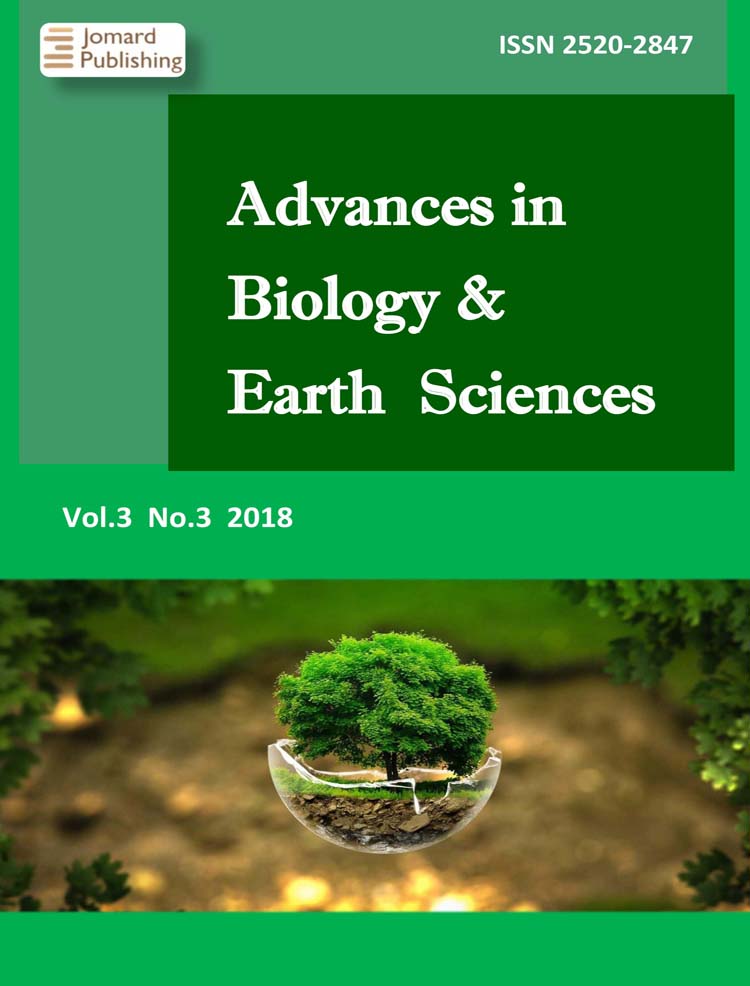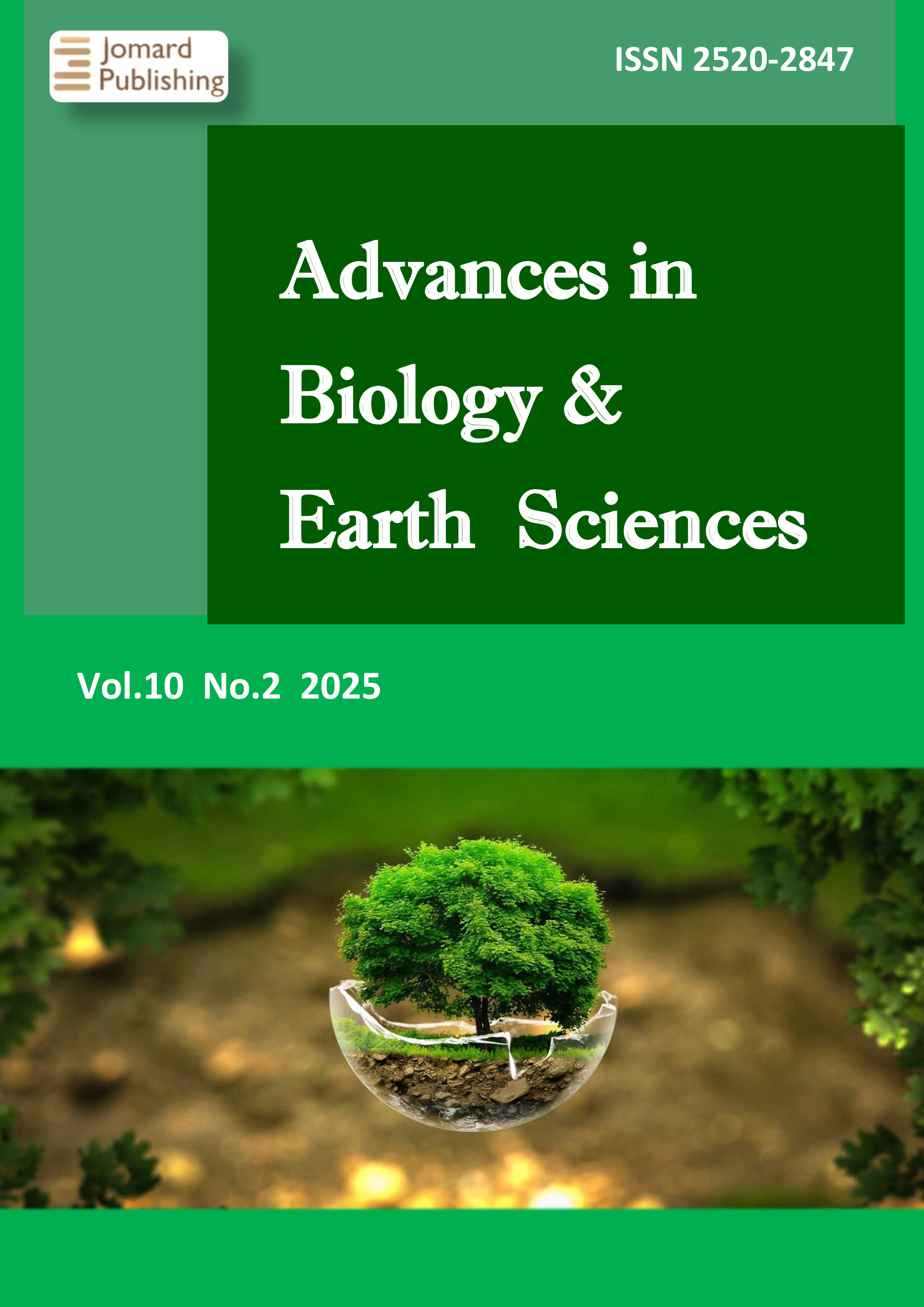Toxic Elements (As3+, Pb2+, Hg2+, Cd2+) In Wastewater: A Case Study On Environmental Threats And Health Risks
- Published: 05-08-2025
Share
This study investigates the concentrations of toxic elements, including arsenic (As3+), lead (Pb2+), mercury (Hg2+), and cadmium (Cd2+), in water and sludge samples from the Dicle River and wastewater treatment facilities in Diyarbakır, Turkey, while assessing their environmental implications. Samples were collected from wastewater influent, effluent, sludge, upstream and downstream river locations, and the organized industrial zone. Analyses were conducted using Inductively Coupled Plasma-Mass Spectrometry (ICP-MS) following EPA Method 200.7. Results reveal that influent wastewater contained As3+ (0.13 mg/L) and Hg (0.03 mg/L) concentrations above regulatory limits, whereas all metal levels in treated effluent complied with these thresholds. Sludge samples exhibited accumulation of As3+ (0.15 mg/L) and Hg (0.05 mg/L), indicating potential environmental risks. River water metal concentrations were generally within permissible limits. These findings align with existing literature, which reports persistent heavy metal accumulation in the Dicle River’s sediments and biota. The results underscore the efficacy of wastewater treatment processes while highlighting the necessity for improved sludge management and ongoing monitoring of river pollution.
- View 678
- Downloads 87
- Saveds 0
- Citations (Crossref) 0


